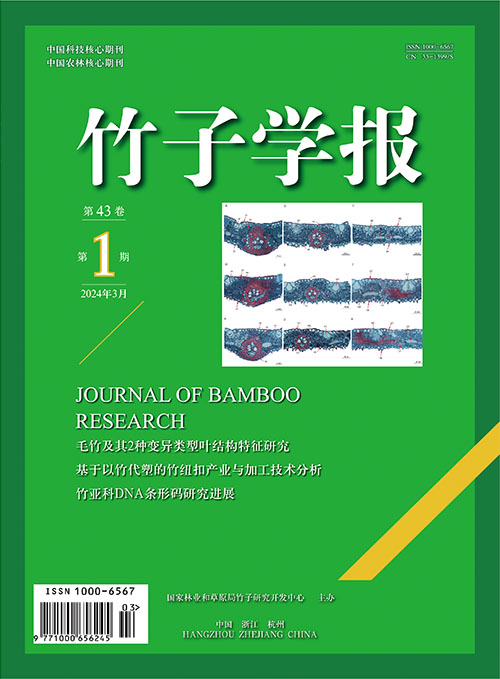2021 Vol. 40, No. 1
Display Method:
2021, 40(1): 1-5.
Abstract:
2021, 40(1): 6-10.
Abstract:
2021, 40(1): 11-15.
Abstract:
2021, 40(1): 16-21.
Abstract:
2021, 40(1): 22-26.
Abstract:
2021, 40(1): 27-31.
Abstract:
2021, 40(1): 32-37.
Abstract:
2021, 40(1): 38-43.
Abstract:
2021, 40(1): 44-51.
Abstract:
2021, 40(1): 52-58.
Abstract:
2021, 40(1): 59-63.
Abstract:
2021, 40(1): 64-72.
Abstract:
2021, 40(1): 73-78.
Abstract:
2021, 40(1): 79-81.
Abstract:
2021, 40(1): 82-86.
Abstract:
2021, 40(1): 87-90.
Abstract:



